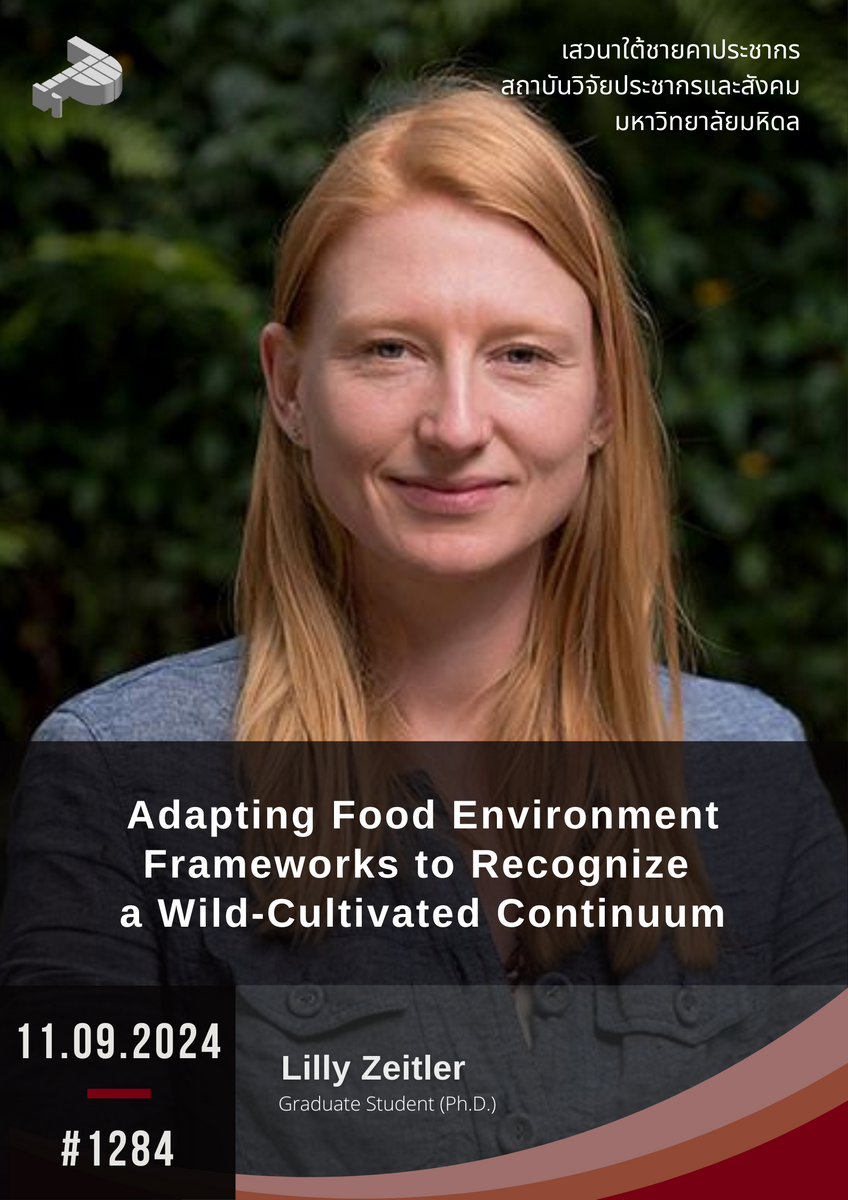Food environments, or interfaces between consumers and their food systems, are increasingly recognized as a useful lens for assessing global dietary change. As the ‘food environment’ concept gains traction, application is extending to nature-dependent societies in lower- and middle-income countries. Recognition of the importance of natural food environments is relatively recent. Downs et al. (2020) propose 4 food environment typologies that include: wild, cultivated, informal and formal markets, where wild and cultivated are “natural food environments.” Drawing from transdisciplinary and ethnobiological perspectives, this paper argues that wild and cultivated food environments are not dichotomous, but rather wild and cultivated foods exist across diverse landscapes under varying levels of human management and alteration. The adapted typology is applied to a case study of Indigenous Pgaz K’Nyau food environments, using diet recall data from the Thailand-adapted Diet Quality Questionnaire with additional food source questions. Wild-cultivated food environments, as classified by local participants, were the source of more food items than any other type of food environment (38% of reported food items). The case of Pgaz K’Nyau food environments demonstrates the importance of understanding natural food environments along a continuum from wild to cultivated.
Watch VDO later at https://fb.watch/vRrGvUkEfU/
